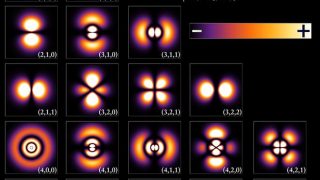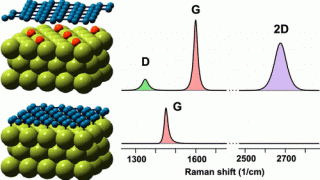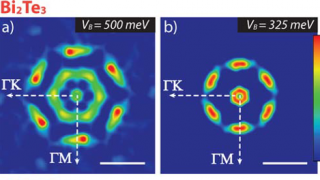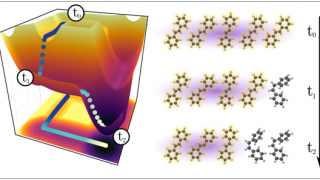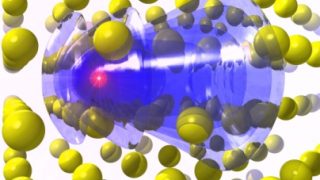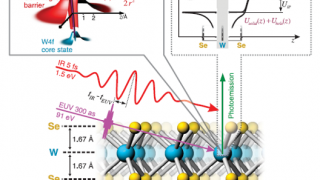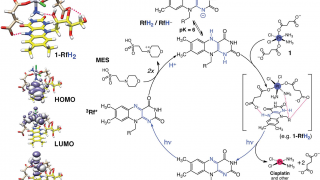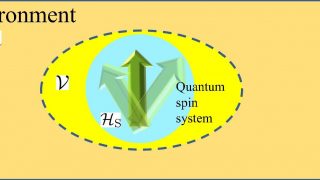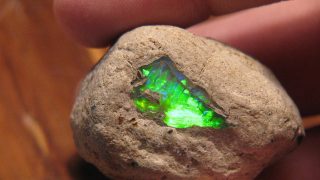
Optical transport in disordered photonic materials
A dielectric is a nonconductor of electric charge in which an applied electric field causes a displacement of charge but not a flow of charge. Light propagation through a dielectric medium is determined by the spatial distribution of the material. Photons scatter at local variations of the refractive index. Therefore, how ordered the medium is […]
